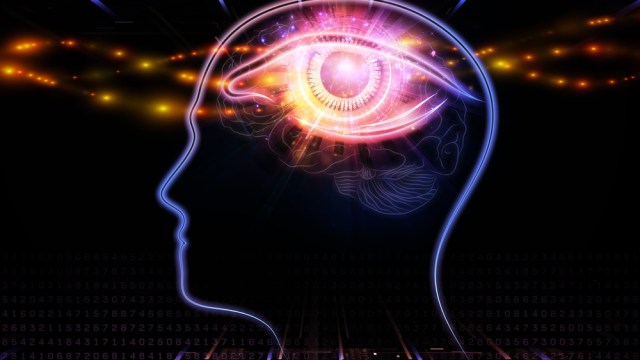Unsolved Mysteries of Neuroscience: The Binding Problem

The binding problem is when you look at what’s happening in the brain, you find there’s a division of labor. You have some parts of your brain that care about vision, some about hearing, some about touch. And even within a system, like vision, you have parts that care about colors, parts that care about orientations, parts that care about angles. And how this all comes together so that you have a unified perception of the world is one of the unsolved mysteries in neuroscience.
We’re not aware of that division of labor. Everything seems like it’s perfectly unified to us. So this is still something we’re all working on.
One thing that’s very clear to us now, though, is that vision is not like a camera. It’s not like light signals hit your eye and work their way up to the top and they move up some hierarchy and then they get seen. Instead, vision is all about internal activity that’s already happening in your head and there’s a little bit of data that comes up these cables and modifies or modulates that activity. But, essentially, all you’re ever seeing is your internal model of what you believe you’re seeing out there.
So this is a very different viewpoint from what is presented in college textbooks on vision. In other words, even the textbooks need to catch up on what we already know about how perception actually works.
In Their Own Words is recorded in Big Think’s studio.
Image courtesy fo Shutterstock





